Table of contents
了解如何在家中成功种植非洲百合!
原产于非洲,Agapanthus是为花园增添紫罗兰的绝佳植物。 该名称来自希腊语,意思是""。 爱情花 ",但也被俗称为 非洲百合 如果你想学习如何栽培这种令人激动的花朵,请按照以下指南进行学习。 我爱花 与我们一起。
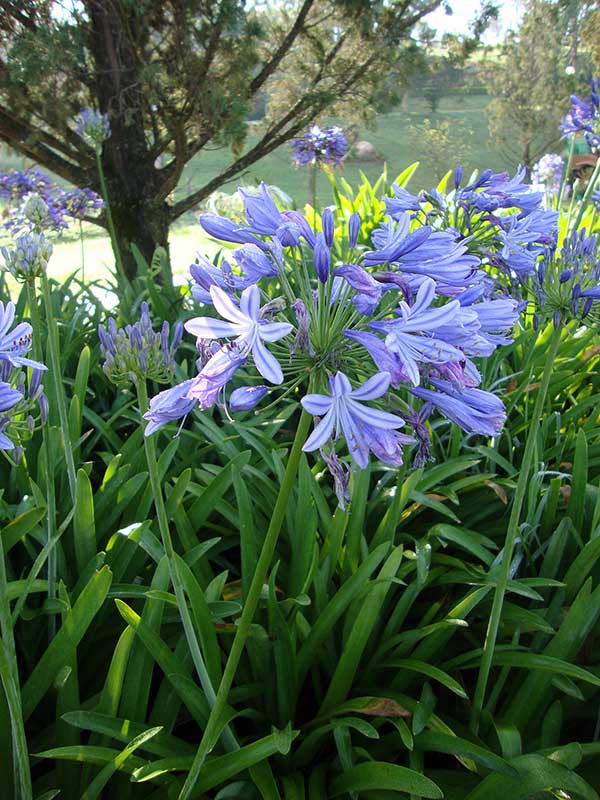
该属被称为Agapanthus,包括一些源自非洲的植物。 然而,在巴西栽培最多的两种植物是 藿香正气水 和 藿香正气水 .
这种植物的新品种每年都会出现,使园艺师很容易创造出这种植物的新品种。
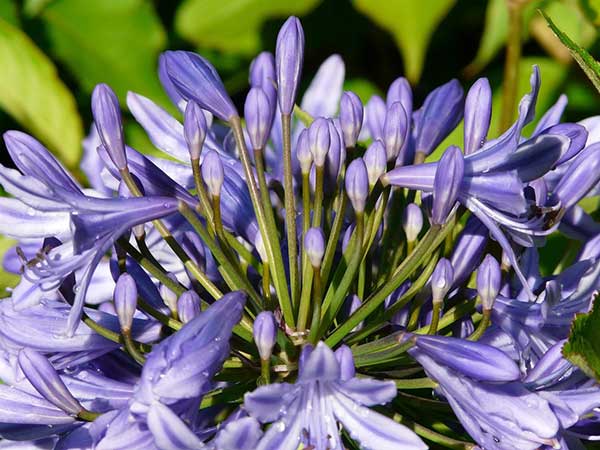
在巴西,景观园丁罗伯托-伯勒-马克思在1950年代中期使这种植物流行起来后,这种植物得到了普及。
这种植物的花朵呈现蓝色和紫色,可以在花坛和盆中种植。 开花时间通常在夏季。
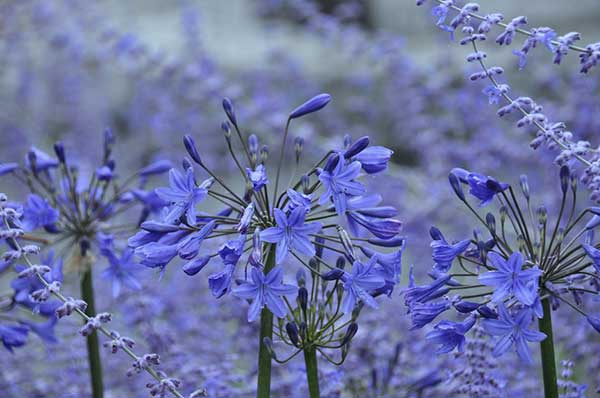 ⚡️ 走捷径: 非洲百合的科学和技术数据表 如何种植Agapanthus?
⚡️ 走捷径: 非洲百合的科学和技术数据表 如何种植Agapanthus? 非洲百合的科学和技术数据单
查看一些关于石竹的技术数据,这对你在家中种植石竹会有帮助:
| 学名 | 凤仙花 (Agapanthus africanus) |
| 流行的名字 | 非洲百合,尼罗河花,尼罗河百合。 |
| 家庭 | 虎皮兰科 |
| 来源 | 非洲 |
| 气候 | 热带 |
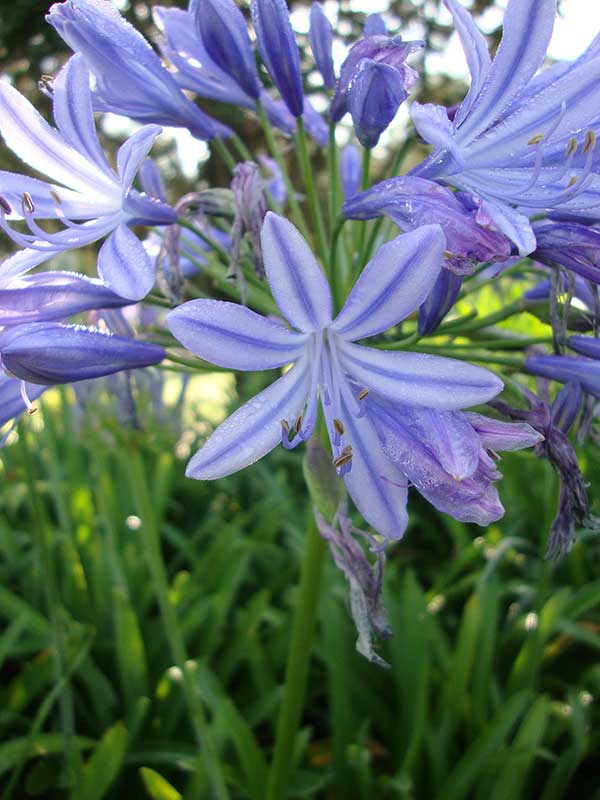
以下是一些编入目录的品种:
- '黑潘塔'
- 盖尔的丁香花
- 金色水滴
- 小人国
- 朦胧的黎明
- 海军蓝'。
- 彼得-潘
- '紫云英'
- 王母娘娘
- '桑德林汉姆'
- 银色宝贝
- 银色的月亮
- 草莓冰
- 流水线
- 小叮当
- '温莎灰'
如何种植Agapanthus?
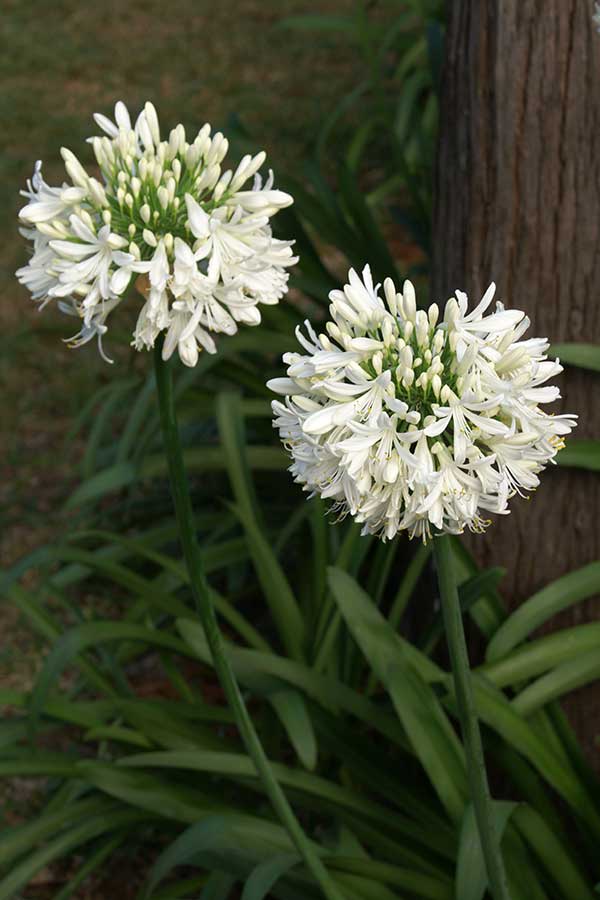
查看一些关于如何种植这种植物的提示:
- 银莲花是一种需要阳光直射才能生长的植物,不能种植在阴凉处;
- 排水良好的土壤也是基础;
- 虽然这种植物很耐寒,但必须保护它免受冬季霜冻;
- 种植龙葵的最佳时间是在秋季;
- 在第一种植阶段应大量灌溉;
- 在夏季,每周至少灌溉一次;
- 当叶子变黄时进行修剪;
- 如果你想在贫瘠的土壤中种植,可能有必要使用有机堆肥;
- 如果你想在花盆里种植,请选择小花盆。 非常大的花盆会增加植物的分枝,减少开花;
- 你可以不施肥,但如果是多年生品种,冬季施肥会有帮助;
- 稻草覆盖物可以保护你的琼花过冬;
- 分株繁殖可以每6年进行一次;
- 用种子栽培需要很大的耐心,因为它可能需要几年的时间才能开花,而用分株法栽培则比较快,建议急于求成的人使用;
- 如果你的木兰花不开花,这可能是土壤缺乏阳光和养分的一个迹象( 如钾 如果是多年生品种,开花可能会受到霜冻的伤害;
- 这种植物相对来说没有害虫,蜗牛和蛞蝓在其叶片上取食是最常见的。
我们可以得出结论,这是一种非常容易在家里种植的植物。 这是一种有多个品种的植物,每个品种都有不同的颜色和特点。 主要的困难是要保护它免受寒冷,但它是装饰后院的好方法。
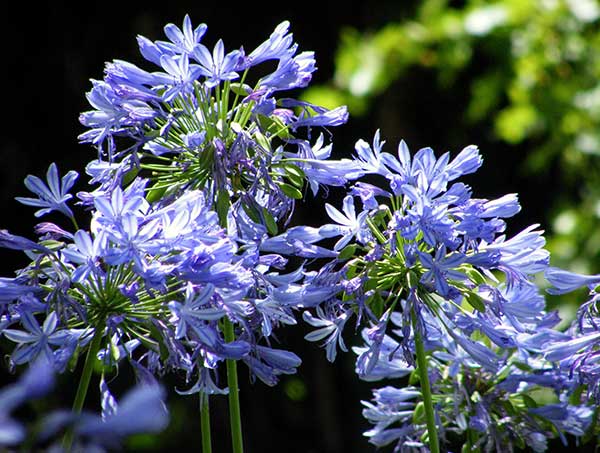
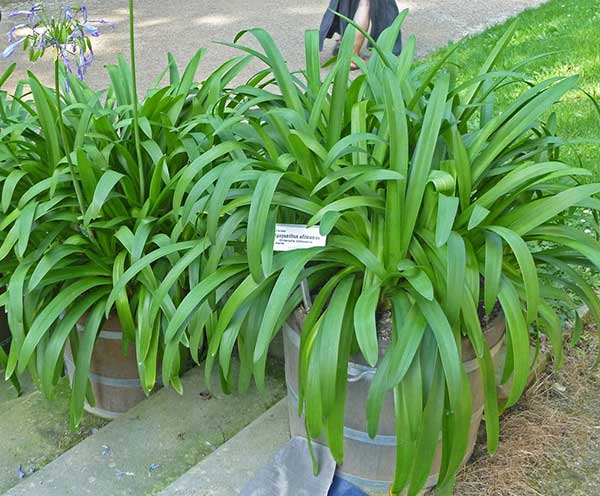
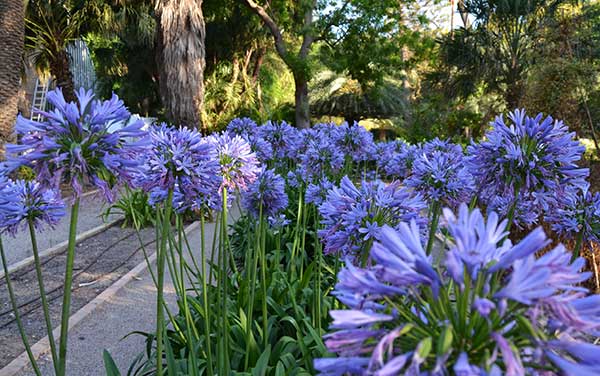
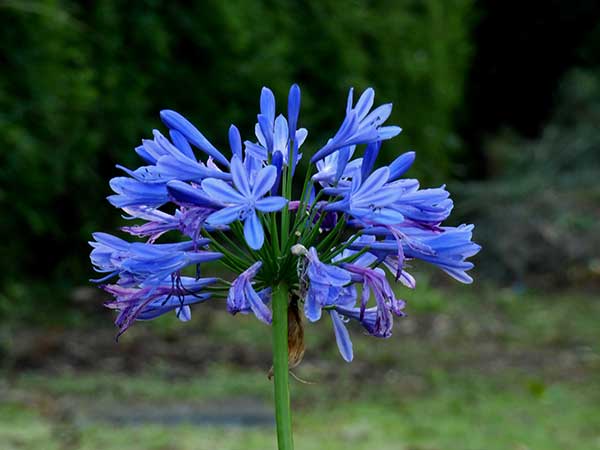
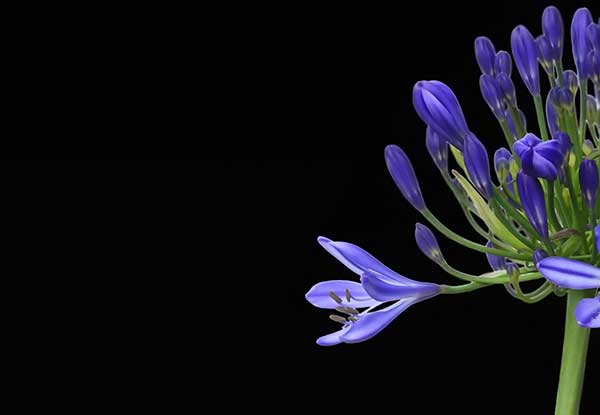
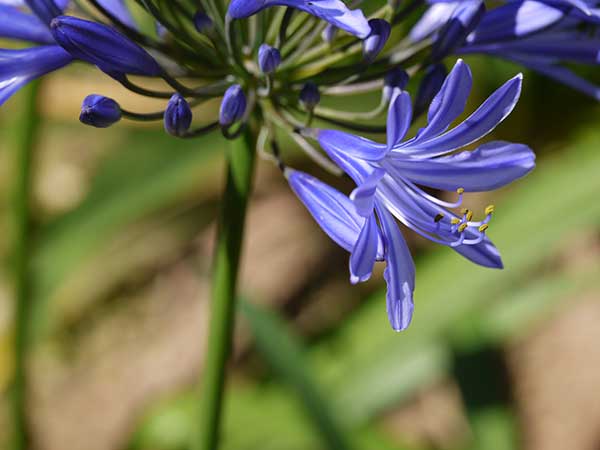
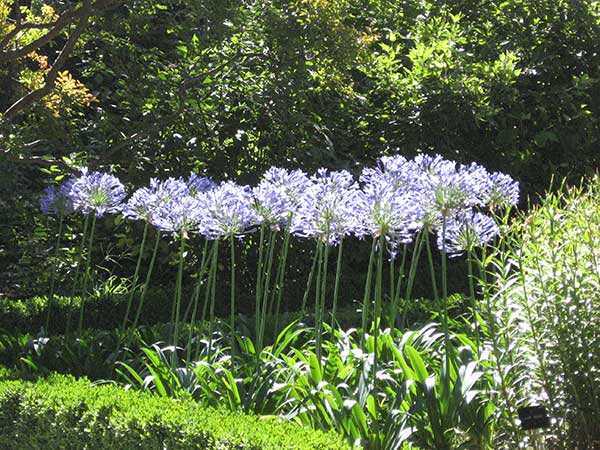
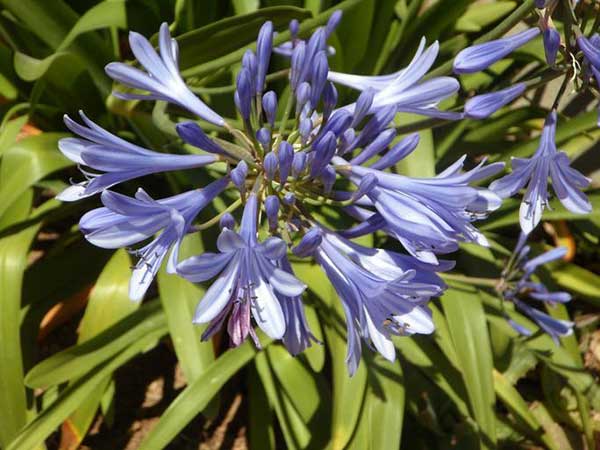
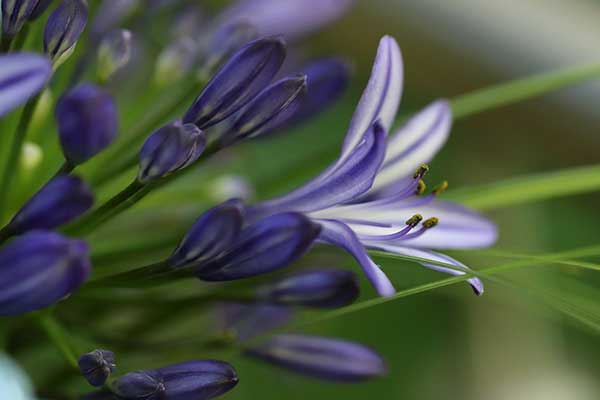
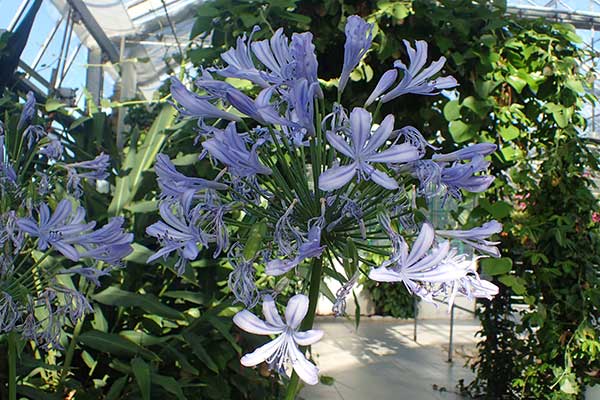
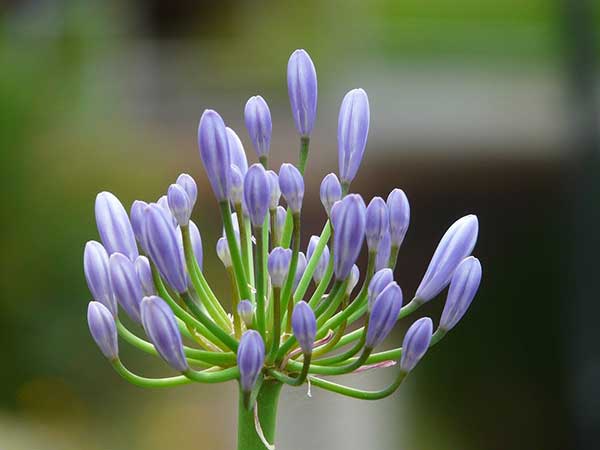
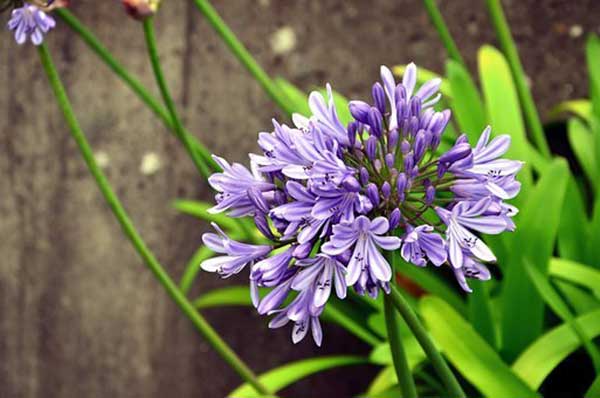
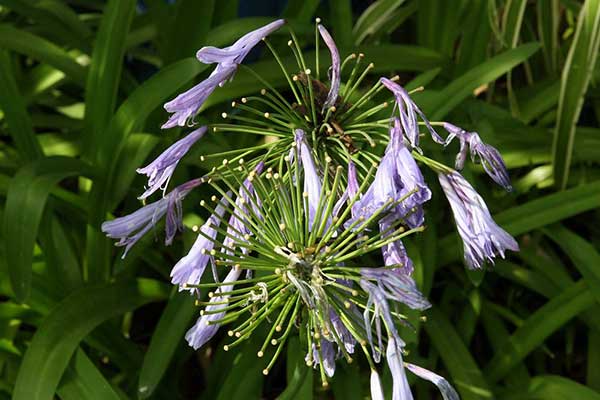
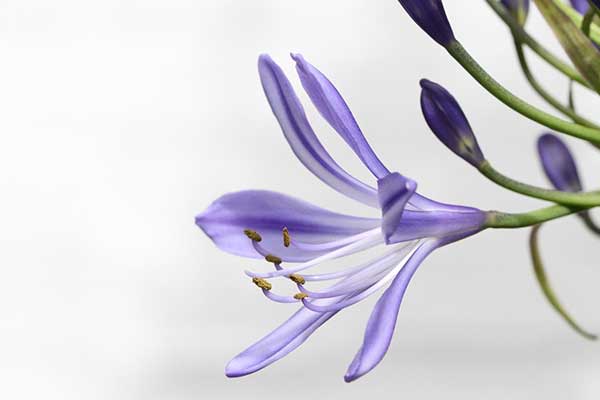
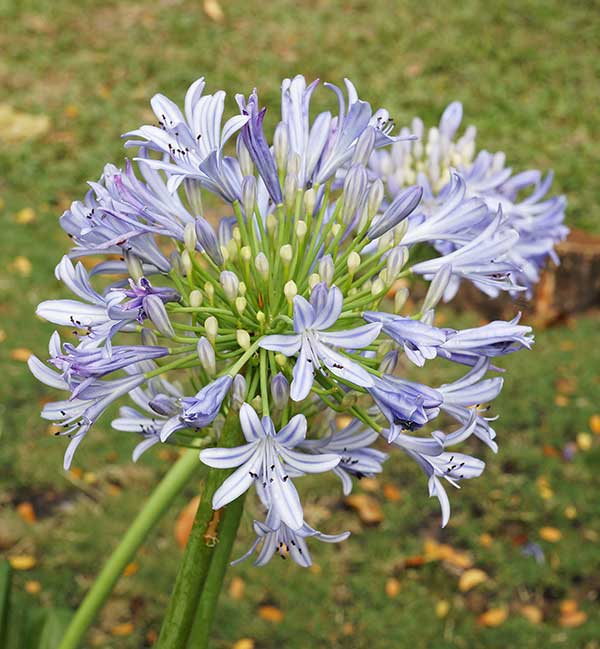
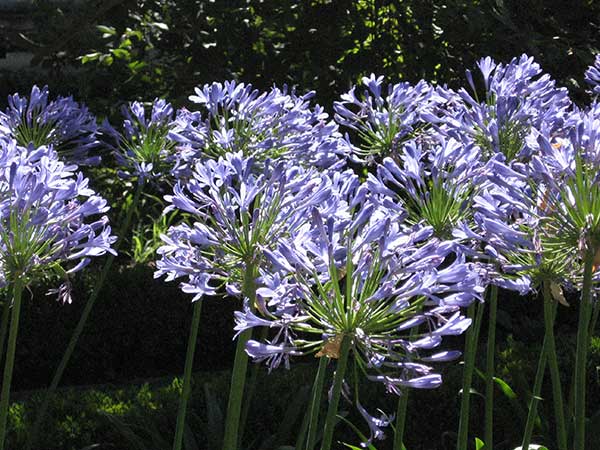
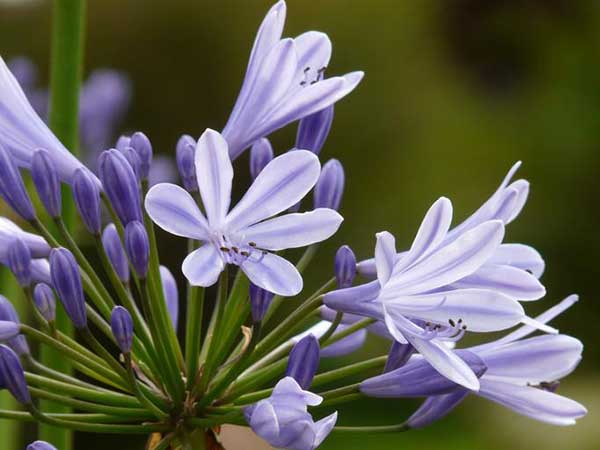
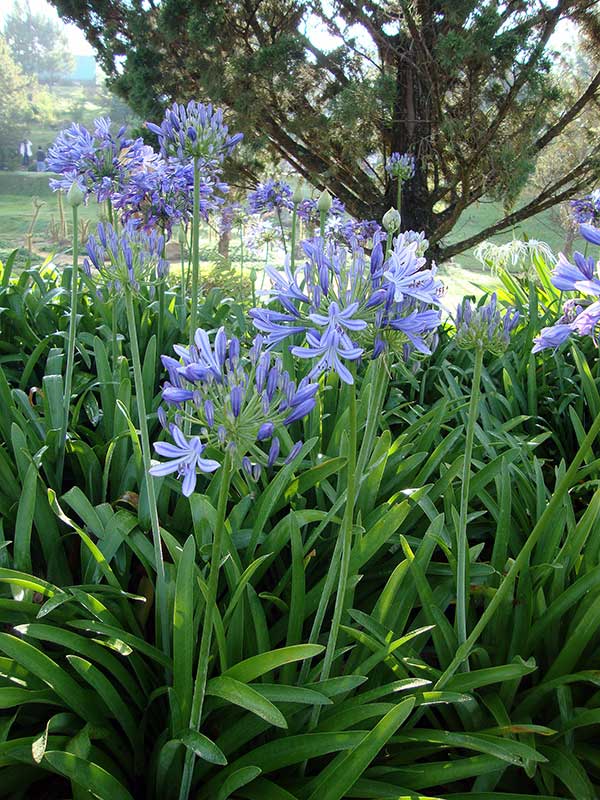
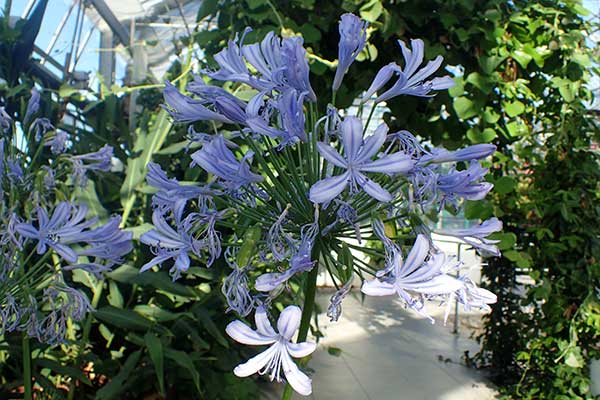
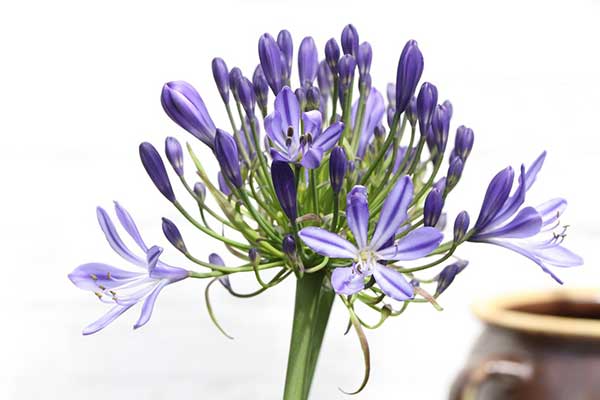
查阅种植琼花的实用技巧,通过挤压 播放 在下面的视频中:
资料来源:《世界日报》: [1][2]
另请阅读:埃及花卉清单
问题和答案
- 什么是琼浆玉液花?
银杏花是一种属于芹菜科植物的花。 它是一种多年生植物,与韭菜、丁香和莳萝有关。 银杏花的茎直立,有分枝,叶子大而柔软。 花大而白,在枝条末端成簇出现。
- 琼花从哪里来?
洋桔梗花原产于欧洲和亚洲。
See_also: 蕨类的秘密:雨之爱- 琼花的主要特点是什么?
洋桔梗花的主要特点是它的白色大花和天鹅绒般的大叶。
- 如何种植琼花?
银莲花可以用种子或扦插的方式种植。 它是一种不需要太多照顾的植物,可以在贫瘠的土壤中生长。 但是,它更喜欢富含有机物和排水良好的土壤。
- 琼花的用途是什么?
琼花在传统中医中被用来治疗各种健康问题,如头痛、腹泻和发烧。 它也被用作观赏植物。
See_also: 如何在家里一步一步地制作杀菌剂(简易教程)- 与琼花有关的风险是什么?
琼花含有生物碱,如果大量摄入会有毒性。 然而,没有关于这种植物中毒的报告。
- 如何避免接触到琼花?
❤️eus的朋友们正在享受它:
